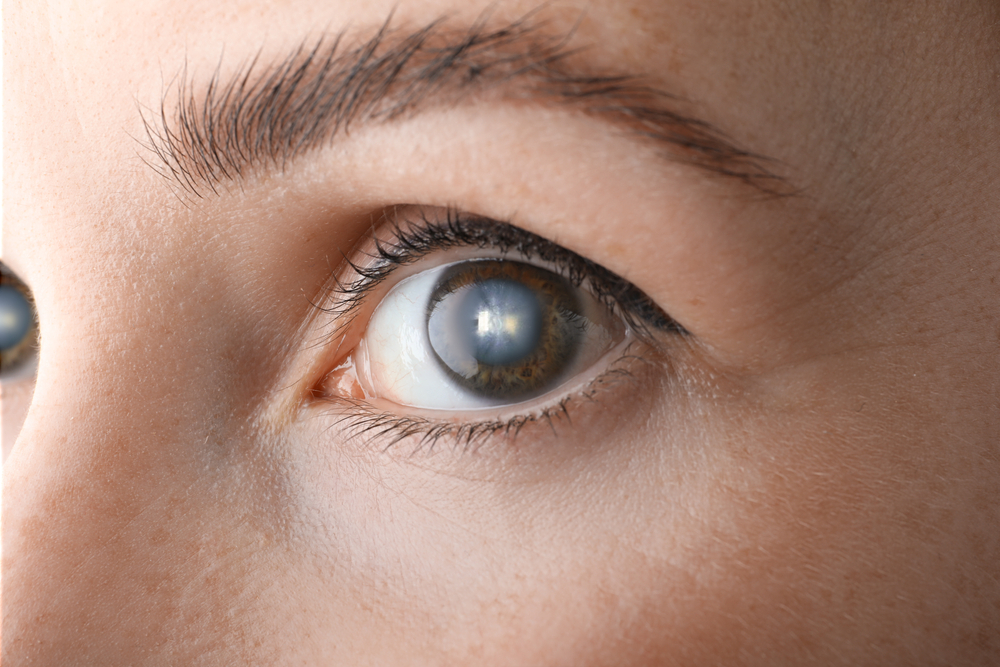
The eyes are sensory organs that react to light, which allows people to see. The complex organs have structures and tissues that work together to create vision. Various eye disorders can lead to eyesight complications. Some conditions are minor and go away on their own, but others are more severe and require treatment. Failing to treat eye diseases can lead to permanent vision loss.
Refractive Errors
Millions of individuals have a refractive error. They are the most common vision problem. They include myopia or nearsightedness, hyperopia or farsightedness, astigmatism, and presbyopia. They occur due to structural problems that keep light from focusing properly on the retina. Regular vision exams can detect a refractive error. Eye specialists treat refractive errors using corrective lenses (eyeglasses or contacts) or laser surgery.
Amblyopia
Amblyopia, or lazy eye, is a common eye condition that usually affects babies and children. It is a common cause of vision problems. It occurs when the brain fails to process images from one eye properly. If detected early, treatment can help correct amblyopia. Using eye drops or wearing an eye patch over the dominant eye can help correct the condition.
Strabismus
Strabismus is a common condition, especially in babies. It occurs when there is a lack of coordination between the eyes. The eyes are unbalanced or misaligned. Without treatment, the condition can lead to poor visual skills. Eyeglasses, contact lenses, surgery, and medications can help to treat the condition.
Cataracts
Cataracts are a leading cause of vision loss in the country. They occur when a cloudy film forms over the eye lens. Cataracts continue to worsen over time, causing blurry vision. New lenses and brighter lighting can help to manage the condition. Cataract surgery is a safe and effective treatment. Doctors remove the damaged lens, replacing it with an artificial implant.
Macular Degeneration
Age-related macular degeneration (AMD) is a relatively common condition characterized by a loss of central vision. It occurs when the central part of the retina (macula) is damaged. It does not affect peripheral vision and can be wet or dry. Wet AMD occurs when abnormal blood vessels grow under the macular. Dry AMD is due to the thinning of the macular due to aging.
Diabetic Retinopathy
People with diabetes can develop diabetic retinopathy. It occurs when the disease damages the retina’s blood vessels. Blood and other eye fluids begin to leak, causing swelling in the retina. Most patients do not have symptoms in the initial stages. The disease usually progresses, causing floaters and distorted vision. It can also lead to severe complications, such as retinal detachment.
Glaucoma
Glaucoma describes a group of eye diseases that cause damage to the optic nerve. It causes vision problems and total vision loss and occurs when fluid buildup puts pressure on the optic nerve. Open-angle glaucoma is the most common type. It occurs when fluid from the eye fails to drain effectively. Doctors prescribe eye drops or laser therapy to treat glaucoma.
Living a healthy lifestyle can help to prevent many eye conditions. Regular eye exams are essential to detect eye disorders and diseases early and ensure effective treatment.
For more on a guide to the most common eye conditions and prevention tips, visit Magic City Eyecare at our office in Vestavia Hills, Alabama. Call (205) 506-2200 to book an appointment today.











